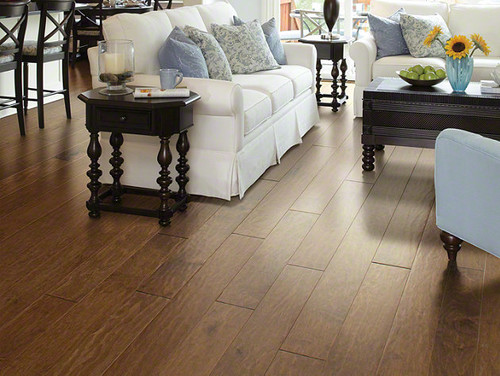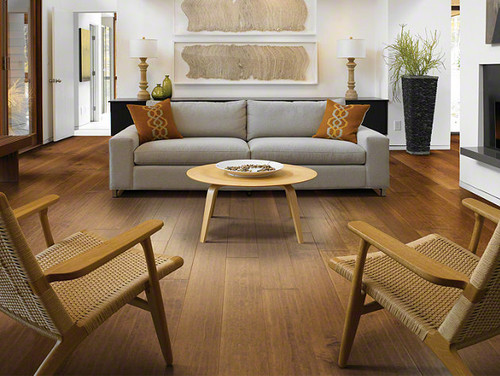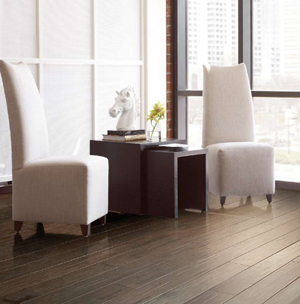So you think you are ready to take on a weekend warrior project?That green shag carpet in the den has got to go. Maybe it is the dingy, torn-up vinyl flooring in the kitchen. Before you even start ripping up your old floor, make sure you have the skills, knowledge and tools, or your weekend project could become expensive and cover a few weeks.
Replacing Worn Out Carpeting
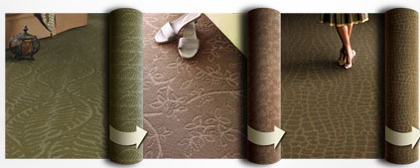
An experienced DIY enthusiast can rip out old carpet and install new carpeting. The job will be messy — it is amazing how much dirt settles under old carpet. You should put down new padding unless yours is in pristine shape. This project will be easier if you remove the old tack strips and install new tackles ones, as Do-it-yourself.com suggests. Allow the new carpet to acclimate to the temperature of your home for 24 hours before installation to prevent shrinking. You still need to use a stretcher to attach the carpet to the tackles strips.
Requirements for this project include the ability to lift and move a large roll of carpet. You will also need to be able to cut it correctly. One mistake can ruin an expensive project. Seam tape can be used for minor errors.
Laying New Wood Flooring

The instructions on the box say the pieces just “snap together”. How much easier could it be? You need to read the part about the sub-floor, if the package even mentions it. Your sub-floor is the base you will be snapping your new floor to according to HomeTips.com. If your sub-floor is wavy, deteriorating or running off at a 30-degree slope, your new floor will look worse with every piece you install.
DIY requirements for this job? You really need more than average handyman skills. You need tools for cutting the flooring to fit as well as a power nailer. When you consider the expense of the materials, you should hire a professional. You can easily do some research online to find contractors in your area that fit your budget for the job.
Installing Vinyl Tile
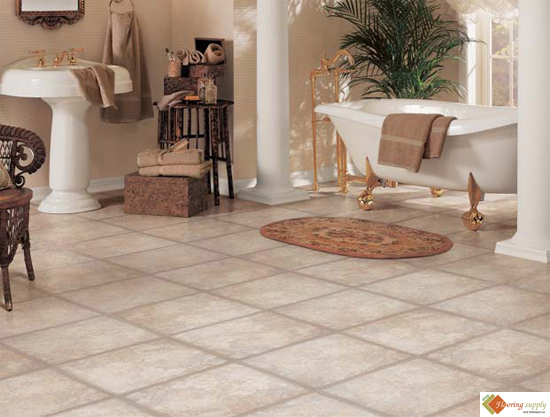
Twelve-inch peel and stick flooring can be installed in a weekend without rocket science skills. One critical aspect of the job is the condition of the floor you are applying the new tile to. If this floor is not even, your new floor will not be either. The tiles are inexpensive enough that one or two mistakes should not be too costly. However, if you plan on removing old flooring, make absolutely certain it does not contain asbestos.
The Environmental Protection Agency (EPA) warns homeowners that older vinyl flooring may contain asbestos. You may not be able to tell just by looking at the tile — it may require testing. Asbestos is a mineral fiber that was frequently used in many building materials from the 1930s through the 1970s. If you are not sure whether asbestos was used, leave it alone.
To end up with a successful project, keep your tiles all going in the right direction. On the back of the tile, you will see an arrow. Each tile you lay needs to have the arrow going in the same direction. You also need to start with a very straight line, in the center of the room, and continue placing the tile straight, according to Do It Yourself. Adjustments and short pieces should occur at the edges of your room. If you work with plain tiles–those without extensive patterns–you will have better results. Save the mosaics for a professional.
Remember to not overestimate your skills when you want new flooring. Simple projects are not always simple. If you are investing a considerable amount of money into the materials, invest in a professional to install the floor. Spend your weekend relaxing while you watch someone else work.
Copyright © 2013 FlooringSupplyShop.com
Article by Joanie Ogden
